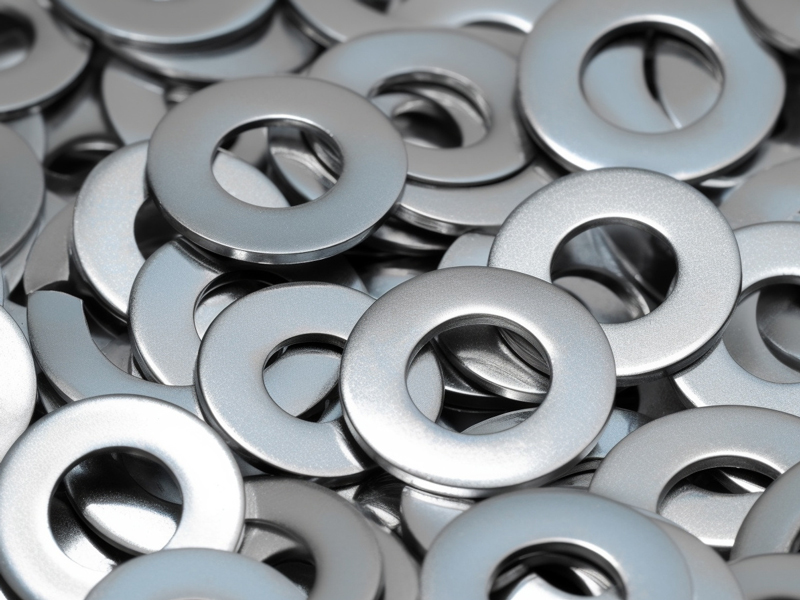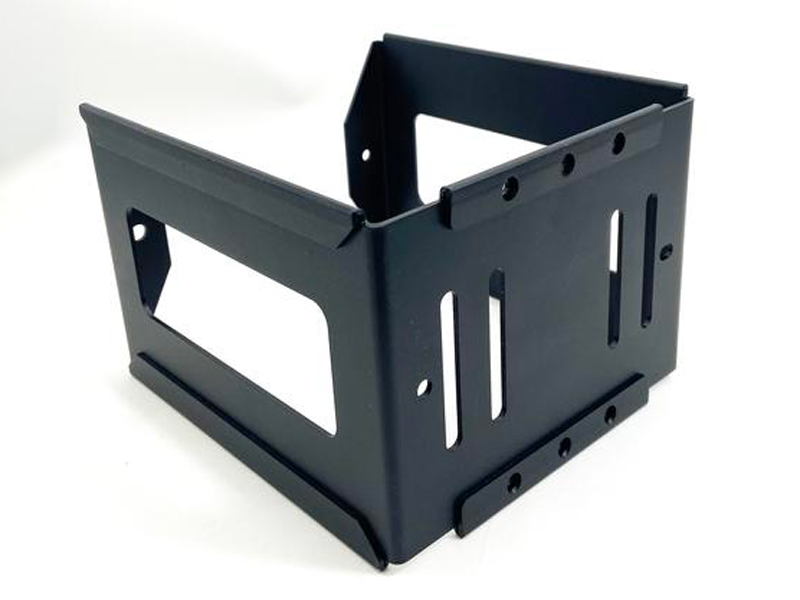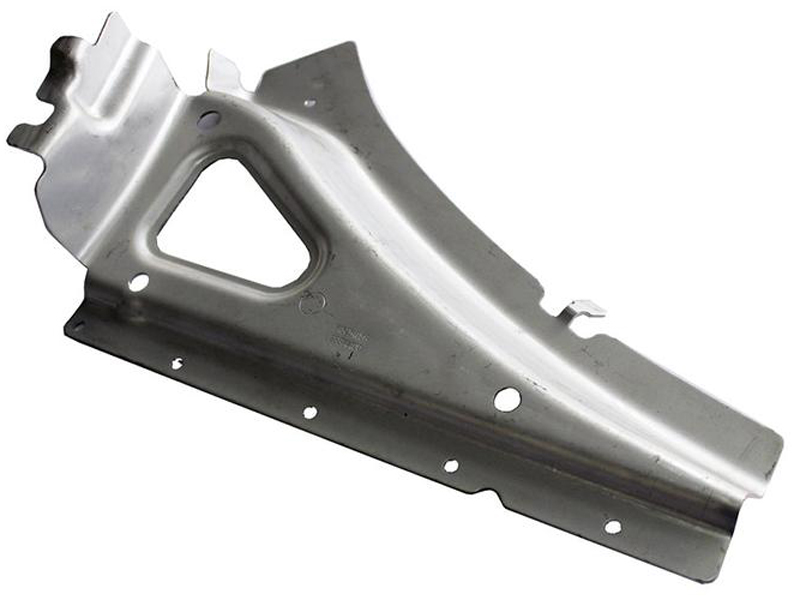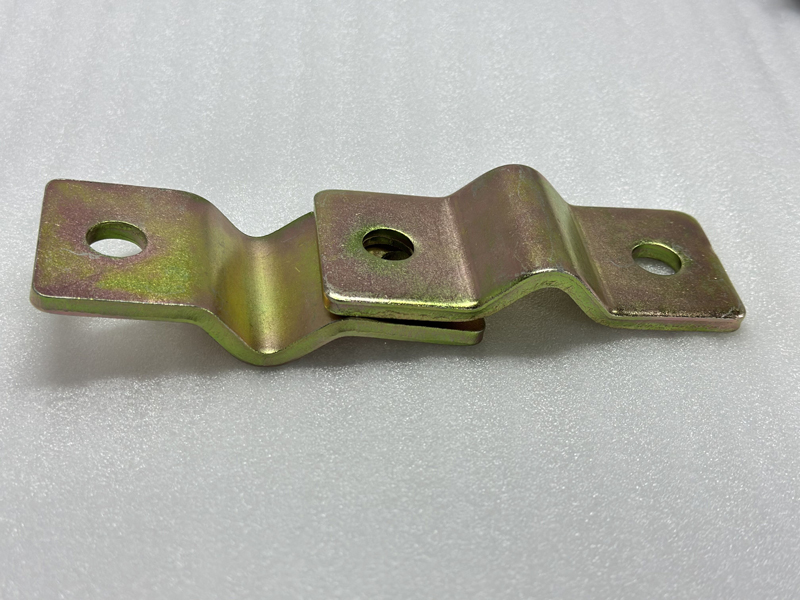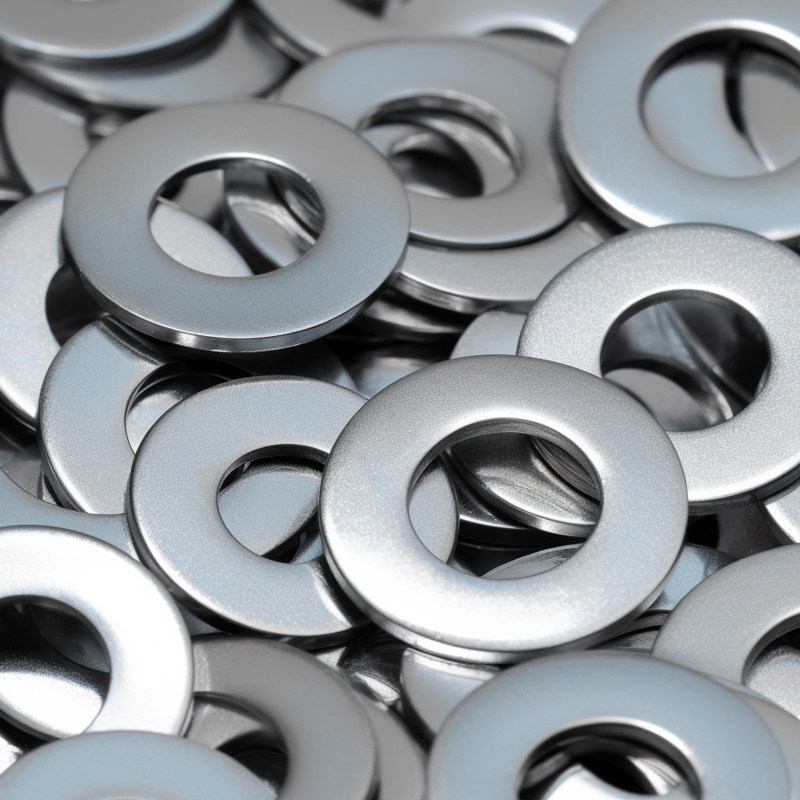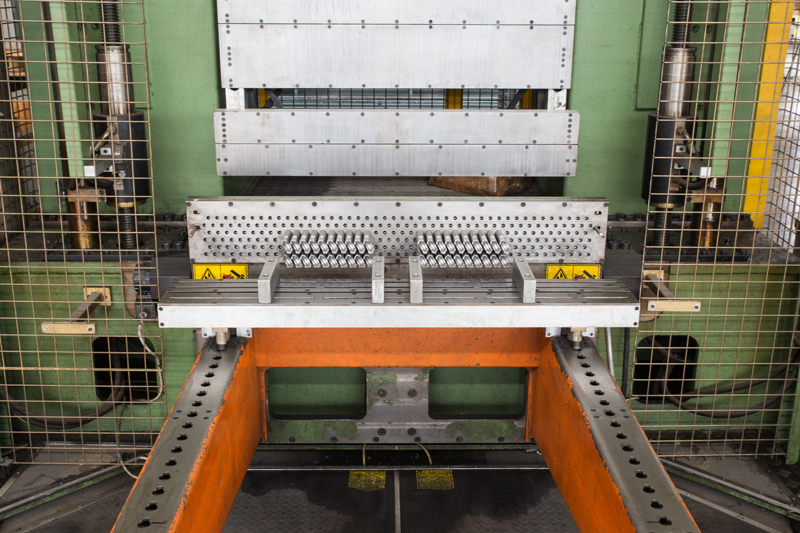
What is Stamping
Stamping service, also known as metal stamping or press work, is a versatile and efficient manufacturing process used to create intricate metal parts and components with high precision and consistency. This method involves shaping, cutting, or forming metal sheets or coils into desired shapes using specialized stamping presses and tooling.
Foxstar offers a full range of custom metal stamping in brass, bronze, copper, steel, stainless steel, nickel, nickel alloys, and aluminum alloys.
Metal Stamping Process: From Simple to Complex Designs
The metal stamping process varies based on the complexity of the design. Even seemingly straightforward parts often require multiple intricate steps in their production.
Overview of Common Metal Stamping Steps:
Punching: This involves various techniques such as punching, blanking, trimming, and sectioning to separate metal sheets or coils.
Bending: Precision bending along specific lines to achieve the desired angles and shapes in the metal sheet.
Drawing: Transforming flat sheets into diverse open hollow parts or adjusting their shape and size to meet exact specifications.
Forming: Applying force to alter flat metal sheets into various shapes, encompassing processes like bulging, leveling, and shaping.
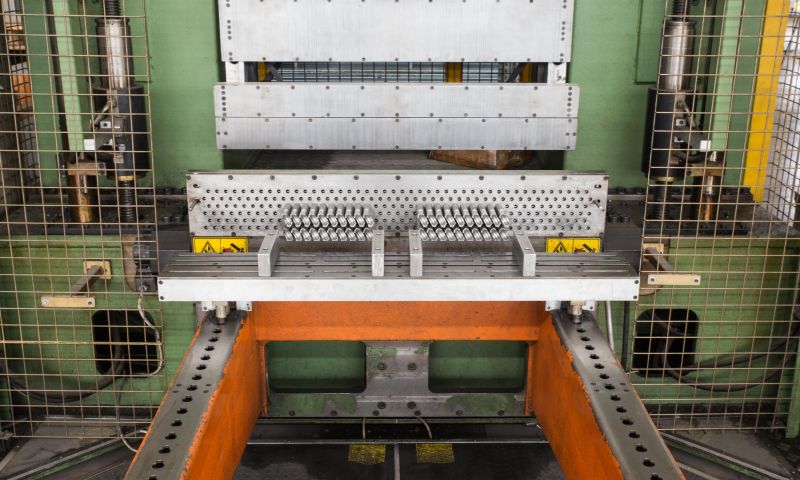
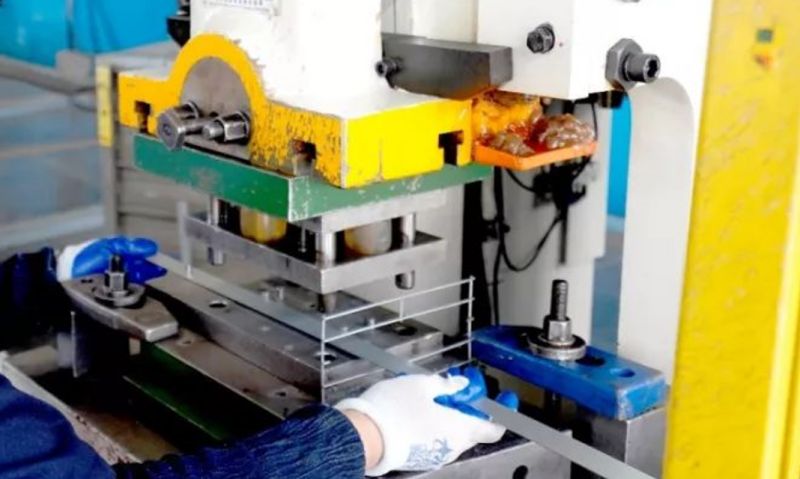
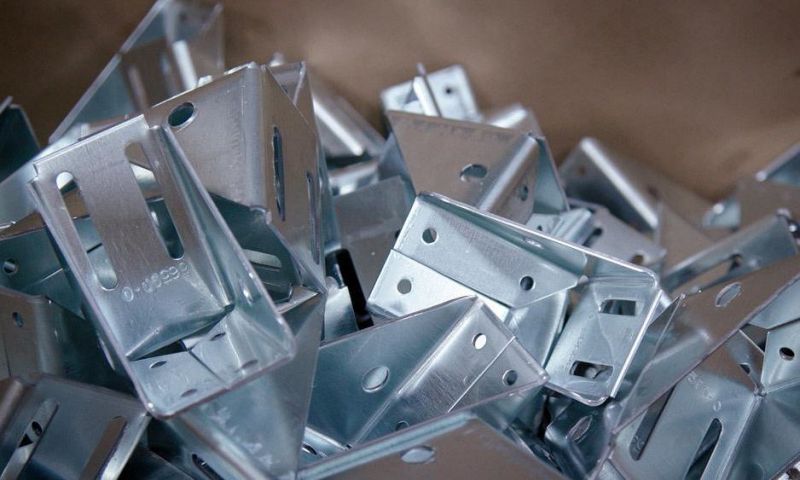
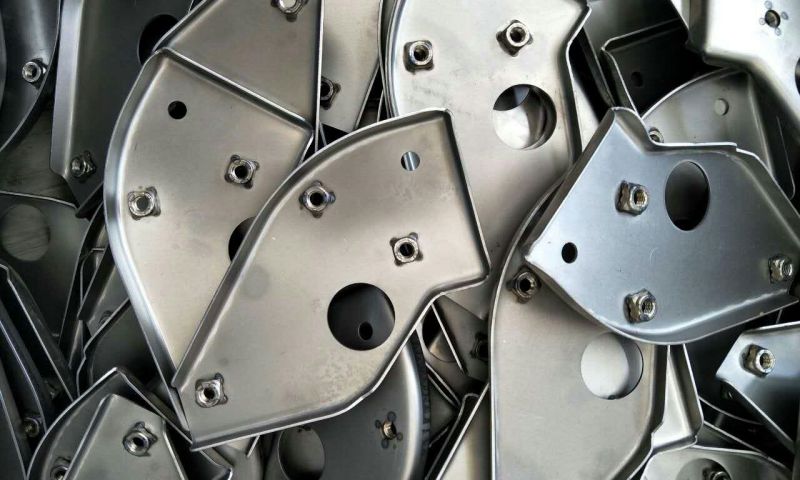
Advantages of Stamping:
Precision: Stamping offers exceptional accuracy and repeatability, making it ideal for producing complex and consistent parts.
Speed: Stamping processes are fast and can produce parts quickly. This rapid production speed can help meet tight project timelines and delivery schedules.
Versatility: Stamping can create a wide range of shapes and sizes with varying levels of complexity.
Cost-Effective: The efficiency of the process and the speed at which parts can be produced make it a cost-efficient choice when producing large quantities of components.
Material Utilization: Stamping maximizes material usage, minimizing scrap generation.
Consistency: Stamped parts are uniform and consistent, meeting tight tolerances.
Applications:
Stamping services find applications across various industries due to their ability to create parts with intricate details and high precision. Common applications include:
Automotive: Stamped parts are used in car bodies, chassis components, and interior parts.
Electronics: Stamping produces parts for connectors, electrical contacts, and enclosures.
Appliances: Household appliances rely on stamped parts for their structure and functionality.
Aerospace: Aircraft components requiring precision and reliability are often produced using stamping.
Consumer Goods: Stamped parts are found in items like utensils, locks, hinges, and more.
Our Stamping Work
